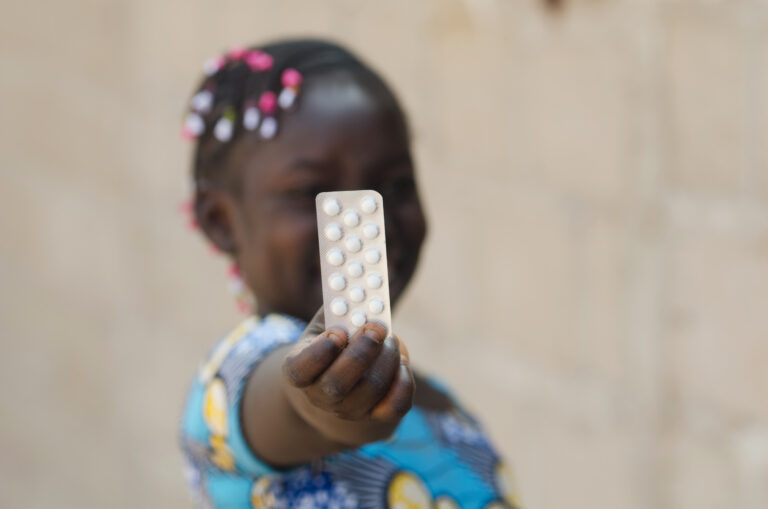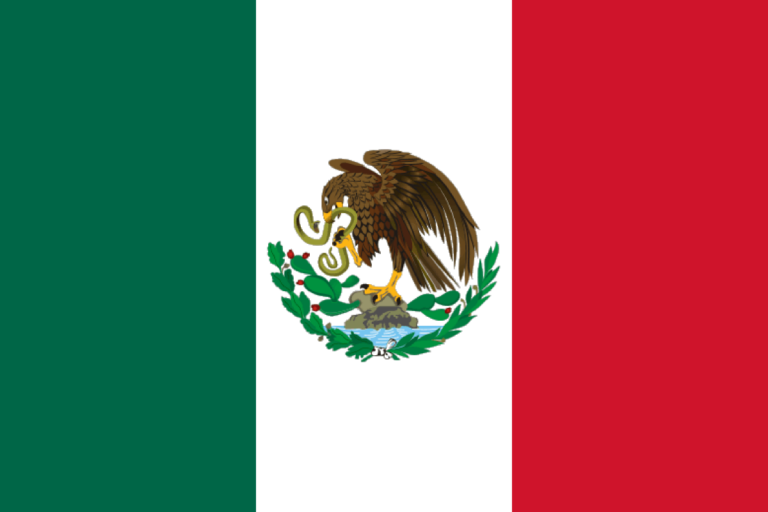July 21, 2000
Volume 2/ Number 15
Dear Friend and Colleague:
Clinton’s proposed $169 million increase in “population stabilization” spending is being supported by the population control lobby on the spurious grounds that additional money so spent will save the lives of many mothers and infants. The truth, as we show below, is that this money would be far better spent on primary health care, where it would save the lives of ten times as many women and children.
Steven W. Mosher
President
Family Planning Costs Lives
The number crunchers of the population control movement-the Alan Guttmacher Institute (AGI), Population Action International (PAI), the Population Reference Bureau (PRB) and The Futures Group International (FGI)–have all come out in favor of the Clinton Administration’s proposed $169 million increase in population control spending. They argue that such an increase in funding will result in 4.3 million fewer unintended pregnancies, and thus in 15,000 fewer women dying of pregnancy-related causes or from complications due to unsafe abortions, and in 92,000 fewer infant deaths. Defunding population control programs will cost the lives of women and children, they loudly proclaim.
Let us assume, for the purpose of argument, that their numbers are correct. Let us also assume that this money will be spent in Sub-Saharan Africa, which has the highest maternal mortality rate of any area in the world, at 1,030 per 100,000 live births.1 Assuming also that contraceptives work perfectly (which they certainly do not), this means that $169 million in spending on contraceptives would save 15,000 women’s lives. This translates into an average expenditure of $169,000,000/15,000 lives = $11,267 per maternal life saved.
If this money were spent instead on primary health care, however, the lives of many more mothers would be saved. For example, studies have shown that, depending on the area, an average expenditure of from $27 to $225 on maternal tetanus immunizations will avert a mother’s death — an average of $126 per life saved.2
This means that the lives of
$169,000,000/$126 = 1,341,270 African mothers could theoretically be saved by
maternal tetanus immunizations — nearly ninety times as many lives saved than if $169 million were spent on family planning.
The same $169 million spent on breastfeeding promotion would save the lives of more than 386,000 African infants, more than four times the number claimed by AGI, PAI, PRB and FGI.2
Another way to save lives would be to invest this money in assuring that births are attended by medical personnel. This should be every woman’s (and infant’s) right, as the UNFPA and other organizations have repeatedly acknowledged in their publications.
United Nations statistics prove that both maternal and infant mortality decrease dramatically if deliveries are attended. In those nine African countries where an average of only 15% of all births are attended, the maternal mortality ratio averages 1,340 per 100,000 births. In those nine countries where an average of 83% of all births are attended, the maternal mortality ratio averages 320 per 100,000 births, a tremendous decrease.3,4 Attended births also obviously reduce infant mortality. As the percentage of attended births increases from an average of 15% to an average of 83% in the countries mentioned above, infant mortality is halved, from 11,600 per 100,000 to 5,800 per 100,000.5
Theoretically, this means that maternal mortality decreases by
(1,340-320)/(83%-15%) = 15 deaths per 100,000
and infant mortality decreases by
(11,600-5,800)/(83%-15%) = 85 deaths per 100,000
for every percentage point improvement in attended births.
At an average cost of $50 per attended birth,6 $169 million would allow an additional 3,380,000 births to be attended, saving the lives of
(3,380,000/100,000) X 15 X 100 = 50,700 mothers
and
(3,380,000/100,000) X 85 X 100 = 287,300 infants.
This represents a total of 338,000 lives saved, more than three times as many lives saved than if the money were spent on family planning, as claimed by the above population control groups.
In sum, if the $169 million is given to family planning programs instead of
- to maternal tetanus immunizations and other basic health care, more than (1,341,270 – 15,000) = 1,326,000 women would theoretically die as a result.
- to breastfeeding promotion, (386,000 – 92,000) = 294,000 African infants will die.
- to paying health care workers to attend births, (50,700 – 15,000) = 35,700 women and (287,300 – 92,000) = 195,300 infants will die.
If groups like AGI were truly concerned with saving lives, instead of just reducing the number of children born, they would seek to transfer Clinton’s $169 million into primary health care programs. But their ultimate goal is not to save lives, but to prevent as many members of the next generation of Africans, Asians, and Latin Americans from coming into existence as possible.
Endnotes
1 The areas of Western, Middle and Eastern Africa, as described in United Nations Population Division of the United Nations Secretariat. Wall chart entitled “World Abortion Policies 1999,” downloaded from http://www.undp.org/popin/wdtrends/abt/fabt.htm on May 20, 2000.
2 Malcolm Potts and Julia Walsh. “Making Cairo Work.” The Lancet, January 23, 1999, pages 315 to 318.
3 World Health Organization and UNICEF. Revised 1990 Estimates of Maternal Mortality: A New Approach by WHO and UNICEF. April 1996. Table 2, “New Regional Estimates Compared With Previous Estimates,” and Table 3, “Country Estimates of Maternal Mortality, Lifetime Risk and Numbers of Maternal Deaths (1990).”
4 World Health Organization. Coverage of Maternity Care: A Listing of Available Information [Fourth Edition]. Geneva, 1997.
5 United Nations Secretariat, Population Division. World Population Prospects: The 1996 Revision. (United Nations, Sales No. E.98.XIII.5), supplemented by the United Nations Demographic Yearbook 1997.
6 This is a very conservative estimate of the costs of having a midwife or other trained medical person attend a birth in Africa; in all likelihood, the cost would be much less in most regions of Africa.










